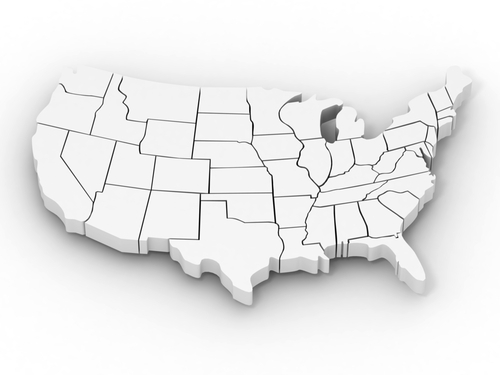Winter time seems appropriate for re-introducing "Cold Water Diving: A Guide to Ice Diving" especially for those of you who experienced last week's nationwide cold snap. John Heine, experienced writer, Diving Safety Instructor, and Polar Programs officer, has been diving in the cold waters of the Arctic and Antarctic for decades. Safe to say this little guide to ice diving is a MUST for anyone wanting to face frigid waters. https://www.bestpub.com/.../442.../category_pathway-42.html
DEPTH Blog
While it is approaching summer here in the northern hemisphere, down in Antarctica it is close to winter, where temperatures plummet to -50 degrees and darkness prevails for months. Scientists rarely dive under these conditions, but it has occurred in the past.
NSF Polar Programs Diving Safety Officer prepares for a dive on the Poseidon Se7en rebreather under the ice in Antarctica. Wearing a dry suit with heated undergarments and dry gloves keeps the divers warm (enough) to do their work in the -1.8C water.
Scientific divers often work in remote areas, and sometimes far offshore.
John Heine, author of Cold Water Diving: A Guide to Ice Diving, travels to places such as Antarctica (pictured below) to oversee scientific diving through the U.S. Antarctic Program of the National Science Foundation. In the photo belog he is researching the use of rebreathers under the ice, as well as various new strategies to stay warm with the use of active (electric) heated undergarments.
In the below image a scientific diver works in a deep kelp bed in central California. She is measuring the percent cover of various marine algae as a part of her Master’s thesis.
Have you ever wondered what it looks like under the ice, looking torward the surface...?






